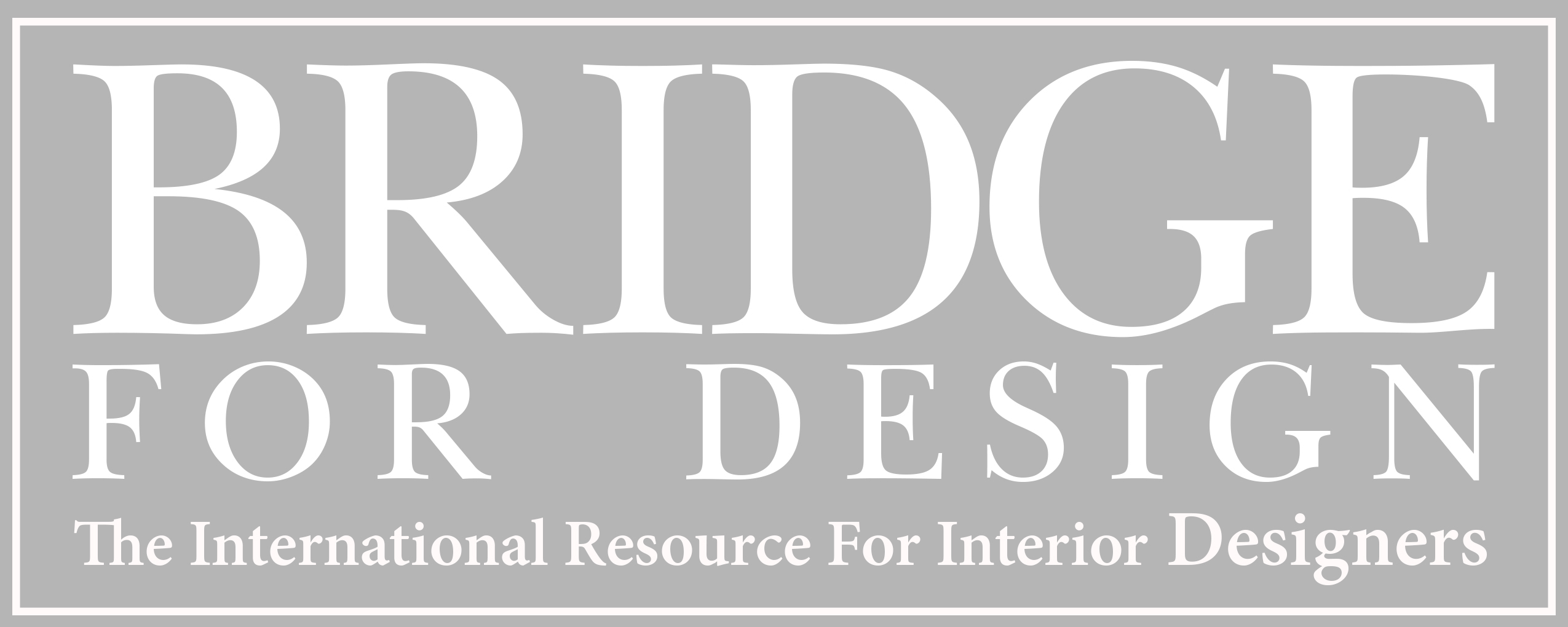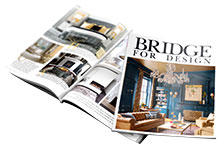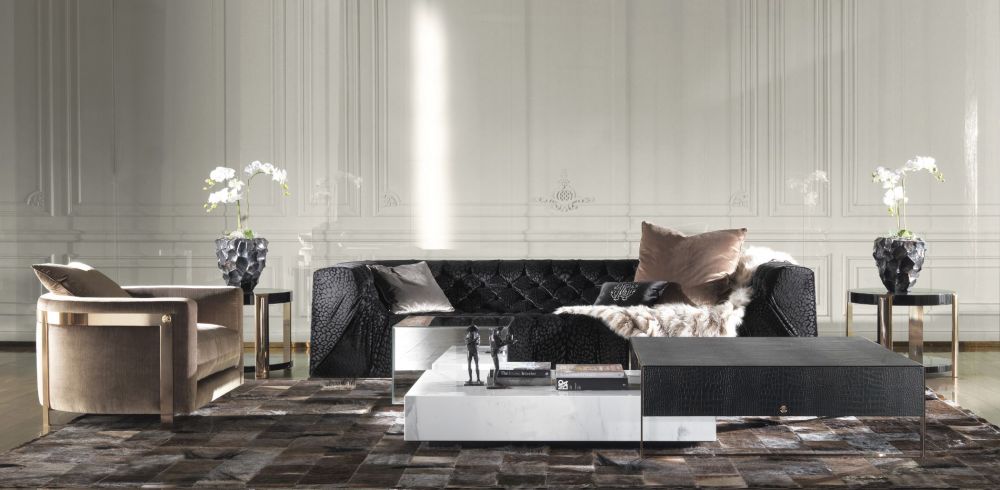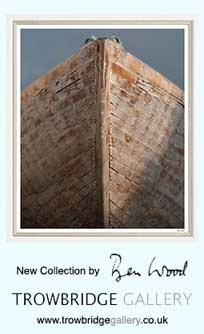From the pyramid of Cafu to David Chipperfield, pure geometry and clean lines have been at the heart of design and construction. There is something undoubtedly and intrinsically restful about seeing the pure mathematics at the heart of both interiors and buildings.
The ancient Greeks in their architecture, fashion and homes combined philosophy with design to underpin a world in which nature bowed to rationalism and a good life was born out of a man-made framework. The Golden Mean at the heart of Aristotelian doctrine began life as an abstract principle of living a moral and correct existence but was soon incorporated into mathematics and quantified by Euclid with the golden ratio whereby the same correctness is transferable to the world around us. It is surely no accident that the Parthenon in Athens still transfixes us with its beauty, based as it is on these sound principles.
Geometry and mathematical repetition in architecture and design is in the Gothic style, all the way through Assyria, Cycladic art, Islam, Renaissance masters such as Brunelleschi
and Palladio, to where we are today.
Peaceful Georgian interiors and the apparent minimalism of Biedermeier and Gustavian design in the 19th century is just a reboot of ancient principles. Like the ebb and flow of the tide, there are also periods of reaction, such as the Victorian period in the UK and the Romantic movement across Europe where the picturesque meant asymmetry and deliberate ruin and handing keys back to nature herself. Even at this time, the fringes of the discipline threw up eccentric designers such as Boullee, Ledoux and Gilly.
Just as the symmetry of a perfect face is subliminally attractive to us, so are the perfect lines and relaxing feel of a well composed and understated hotel reception lobby. In the 1940s, Le Corbusier proposed the Modulor whereby a standard set of measurements could be applied to the building industry to make users feel comfortable in their surroundings. Based on a man with his arm raised, it dragged Euclidian philosophy into the 20th century merely by anthropomorphizing the idea. Corbusier and his Modernist friends - Lloyd Wright, Mallet Stevens and more were heralded as progressive saviours when actually it was an old story come full circle. Even Francis Bacon got in on the act when, before he became a painter, he toyed with interior design in a style inspired by Eileen Grey.
Of course not everyone subscribes to this view. Maximalism, where busy forms and colours compete for attention, is an alternative path, but this seems to be a less used option. Some of the most interesting and progressive designers are able to combine a touch of both where the house style uses the background of pure and clean minimalism to showcase extraordinary and eclectic objects, ranging from Baroque sculpture to tree stumps and old circus props.
The pure and geometric interior is able to focus the mind and bring about a tremendous sense of well-being and relaxation, a creative designer will always remember the curiosity at the heart of people and use fun or humour to lift the seriousness of the scene. Each to their own, but there is certainly something to be said for a peaceful and harmonious interior to contrast the busy and chaotic world outside.





